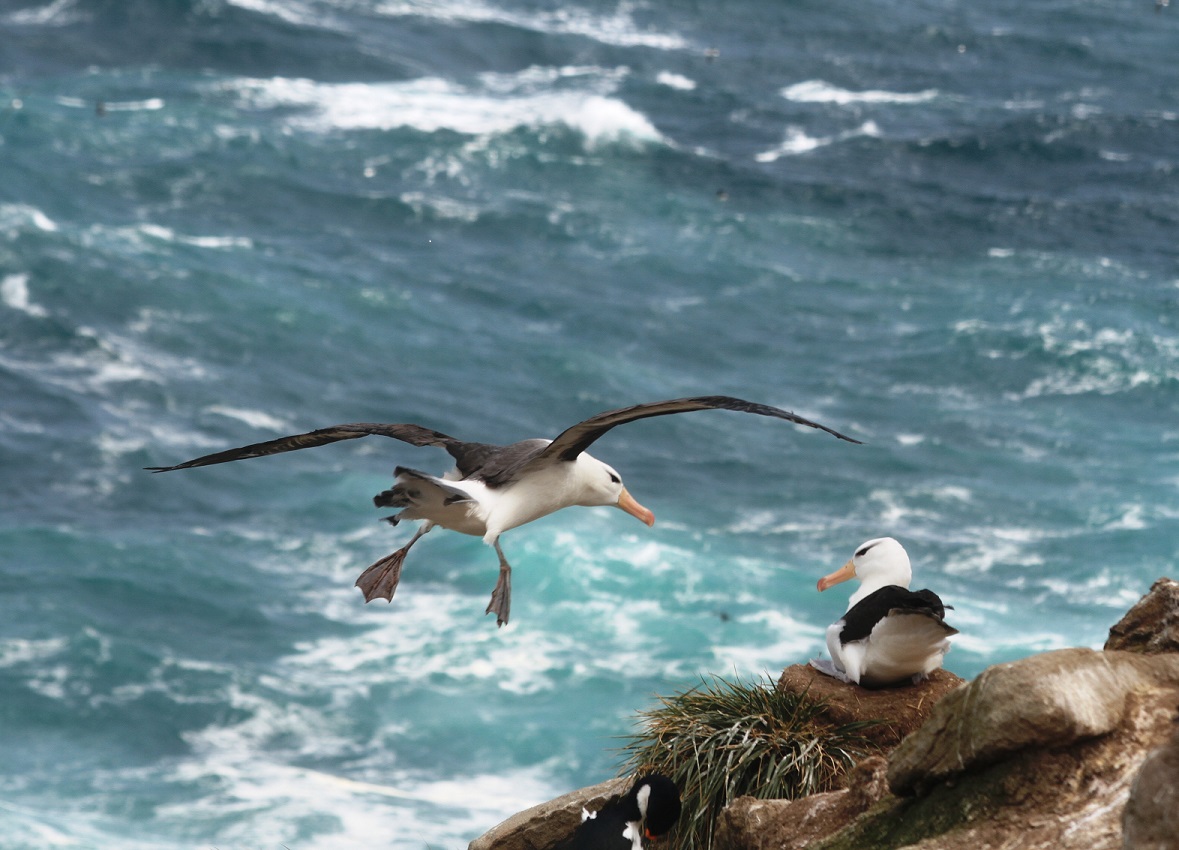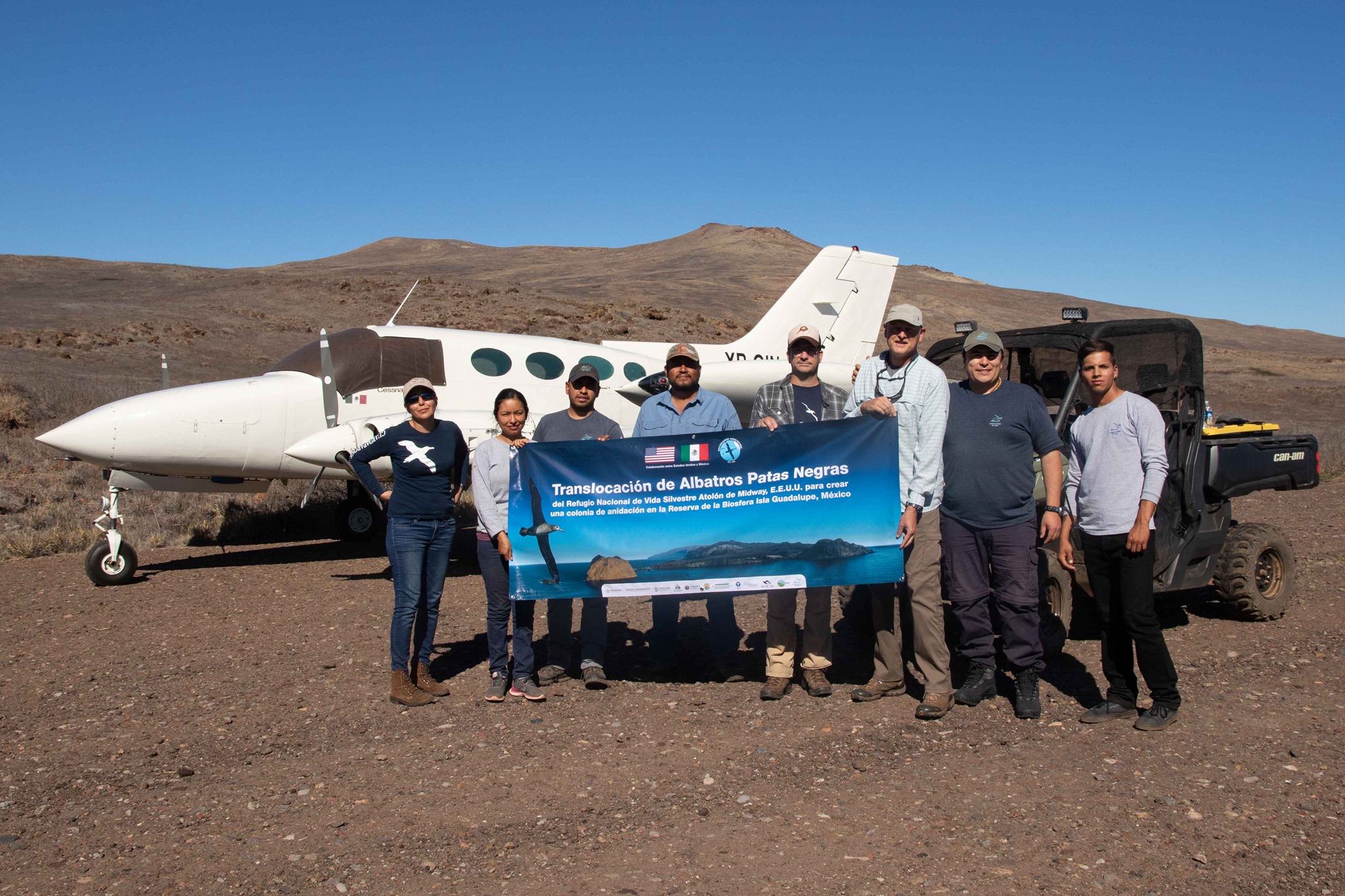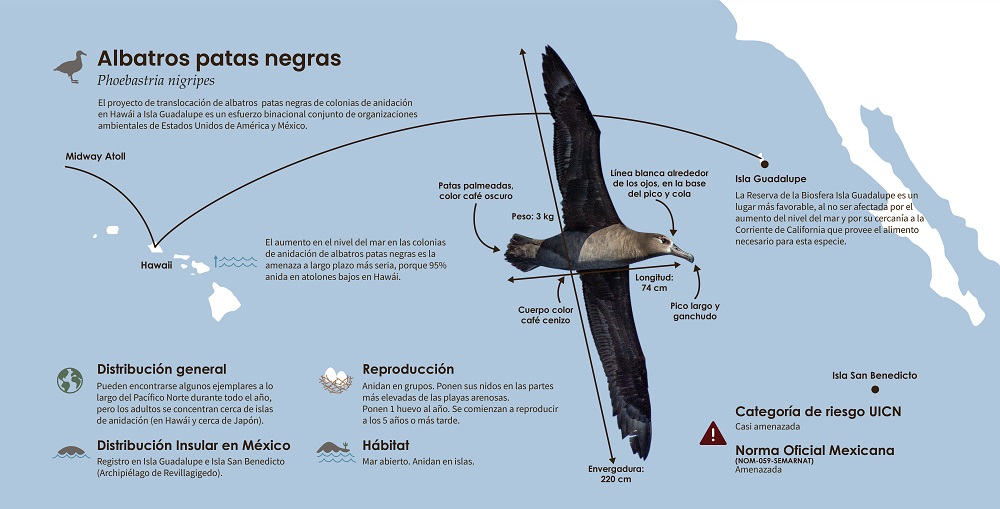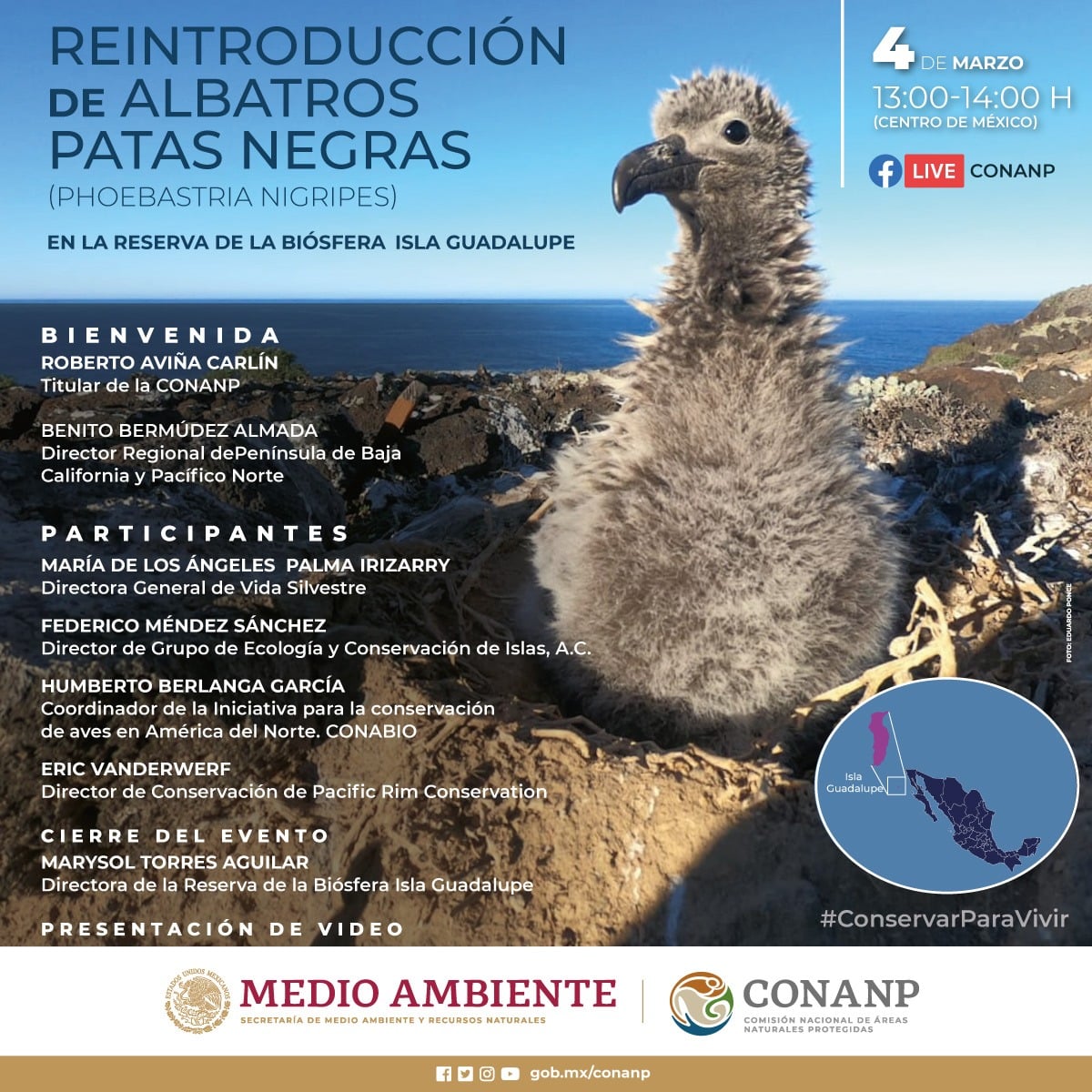 A Waved Albatross of the Galápagos Islands; photo by Ken Logan. Waved Albatrosses are one of nine ACAP Priority Populations. Research projects on ACAP Priority Populations are one of several opportunities that have been identified for small grants by the Agreement's Advisory Committee.
A Waved Albatross of the Galápagos Islands; photo by Ken Logan. Waved Albatrosses are one of nine ACAP Priority Populations. Research projects on ACAP Priority Populations are one of several opportunities that have been identified for small grants by the Agreement's Advisory Committee.
The Agreement on the Conservation of Albatrosses and Petrels invites applications for the 2023 round of its Small Grants and Secondment Programmes.
Both programmes provide funding towards proposals that progress the Agreement’s objective to achieve and maintain a favourable conservation status for albatrosses and petrels. Additionally, Secondment proposals should aim to promote capacity-building within Parties.
At the recent Thirteenth Meeting of the Advisory Committee (AC13), the Committee identified several opportunities for small grants and secondments. Applicants are encouraged to put forward proposals clearly addressing tasks contained within the work programmes of the Advisory Committee (see Annex 4, AC13 Report) and Secretariat (see Annex 5, AC13 Report) as relevant.
The Agreement’s Working Group Convenors, the Advisory Committee Chair or Vice-chair, or the
Applications will only be accepted from ACAP Parties, but can involve collaboration with institutions or individuals based elsewhere. Applications can be completed in English, French or Spanish and should be submitted to relevant ACAP National Contact Points.
Applications close at 5pm on Monday 2 October for Small Grant applications and on 16 October for Secondment applications.
The 2023 application forms, in all three ACAP official languages, are available to download here.
07 August 2023

 English
English  Français
Français  Español
Español  Black-browed Albatrosses; photo by L. Campioni
Black-browed Albatrosses; photo by L. Campioni


 Assisting in the species recovery of Antipodean Albatrosses is a key focus of the role. An Antipodean Albatross off North Cape, New Zealand; photo by Kirk Zufelt
Assisting in the species recovery of Antipodean Albatrosses is a key focus of the role. An Antipodean Albatross off North Cape, New Zealand; photo by Kirk Zufelt |
|

